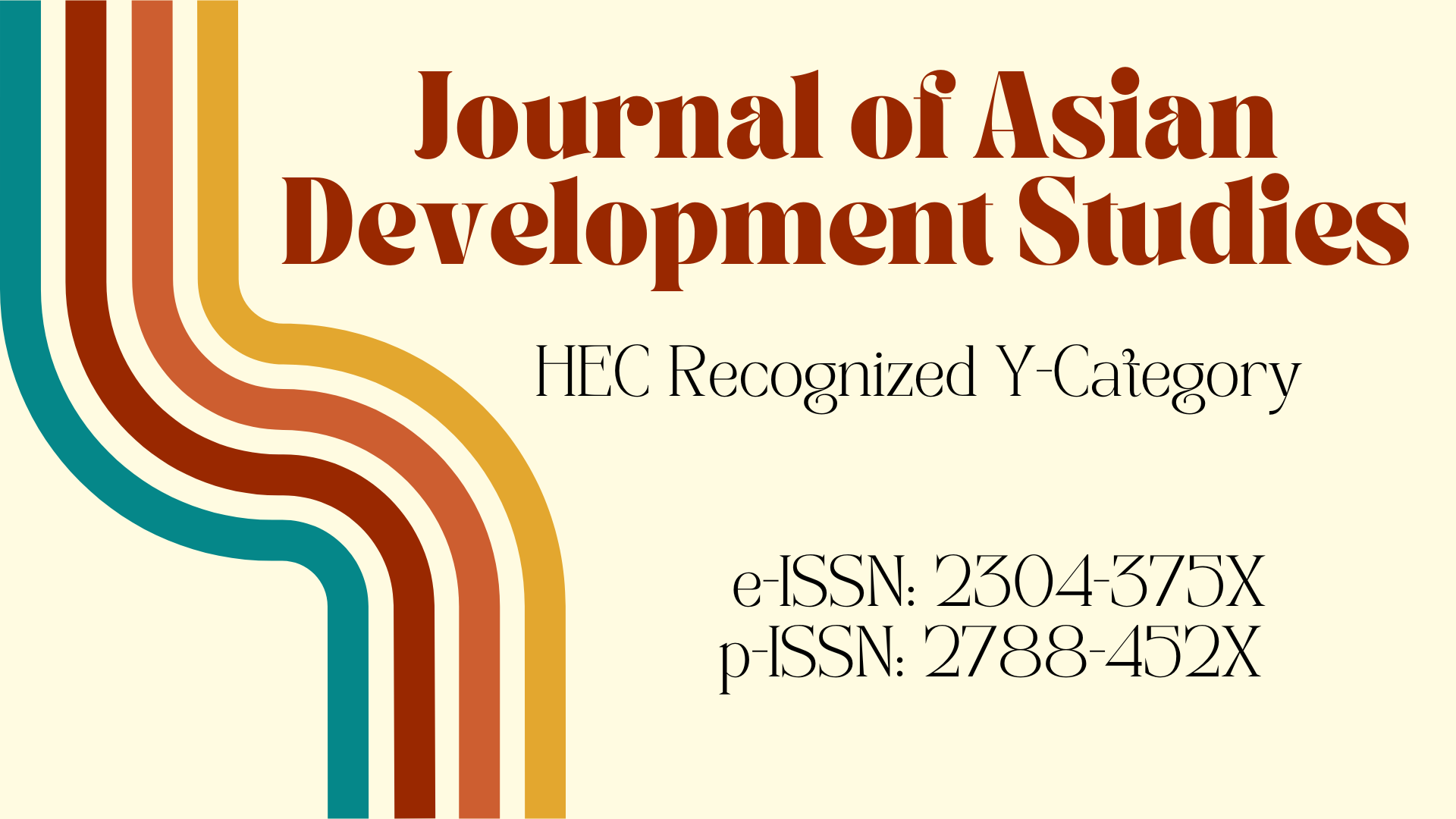The Integration of Artificial Intelligence in Agriculture: Emerging Trends, Benefits and Challenges
DOI:
https://doi.org/10.62345/jads.2025.14.1.105Keywords:
Artificial Intelligence in Agriculture, Crop Health Monitoring, Yield Prediction, Pest and Disease Detection, Climate and Weather ForecastingAbstract
The agricultural sector is transforming with the integration of Artificial Intelligence (AI), enhancing productivity, sustainability, and decision-making. AI technologies, including machine learning (ML), deep learning (DL), computer vision, robotics, and the Internet of Things (IoT) are being applied to optimize various farming operations. This study is based on a descriptive literature review published in national and international journals and explores key AI trends such as precision farming, crop health monitoring, pest and weed detection, yield prediction, smart irrigation, agricultural robotics, climate forecasting, and supply chain optimization. AI-powered autonomous machinery reduces labor dependency while drone- assisted disease detection and AI-driven pest management minimize resource waste and environmental impact. AI-enabled predictive models have been shown to improve crop yield by 26%, reduce water use by 41%, and cut chemical usage by 33% (Addas et al., 2023). Despite its numerous benefits, AI adoption faces challenges such as high implementation costs, data accessibility, and the need for technical expertise. Ethical concerns, data privacy issues, and the potential reinforcement of power hierarchies in agriculture also pose significant challenges.
Downloads
Downloads
Published
Issue
Section
License

This work is licensed under a Creative Commons Attribution 4.0 International License.
License Terms
All articles published by Centre for Research on Poverty and Attitude are made immediately available worldwide under an open access license. This means:
- everyone has free and unlimited access to the full-text of all articles published in Centre for Research on Poverty and Attitude's journals;
- everyone is free to re-use the published material if proper accreditation/citation of the original publication is given.




